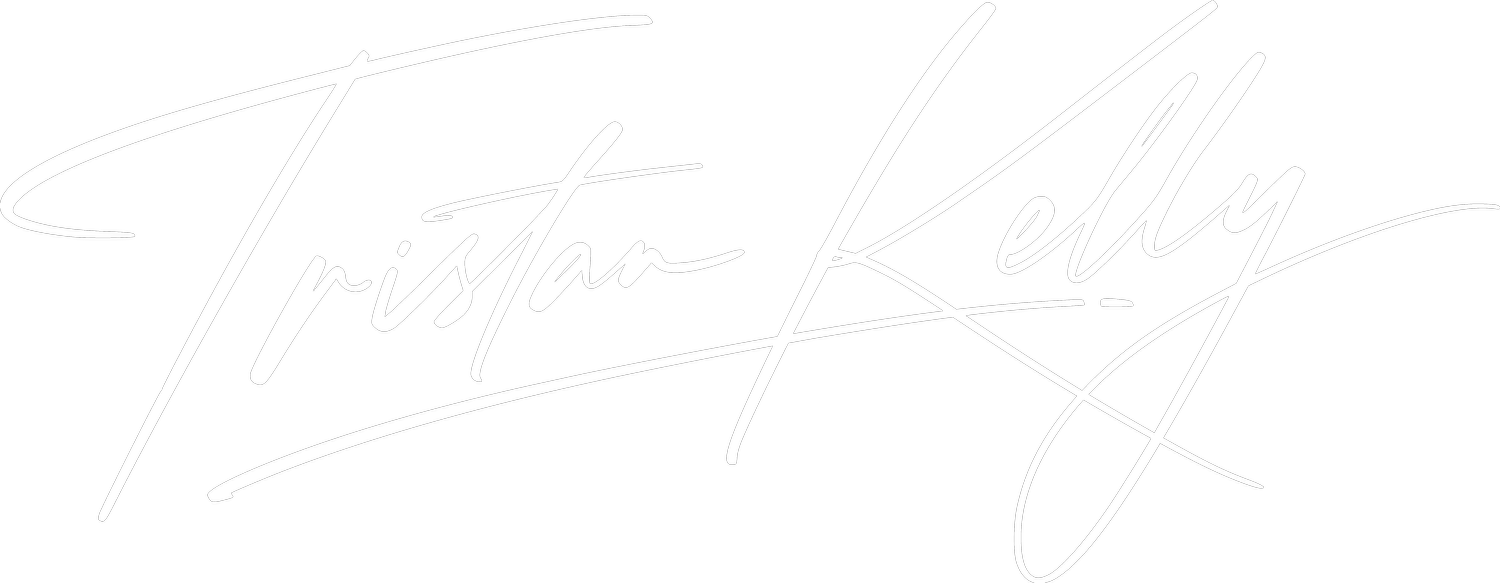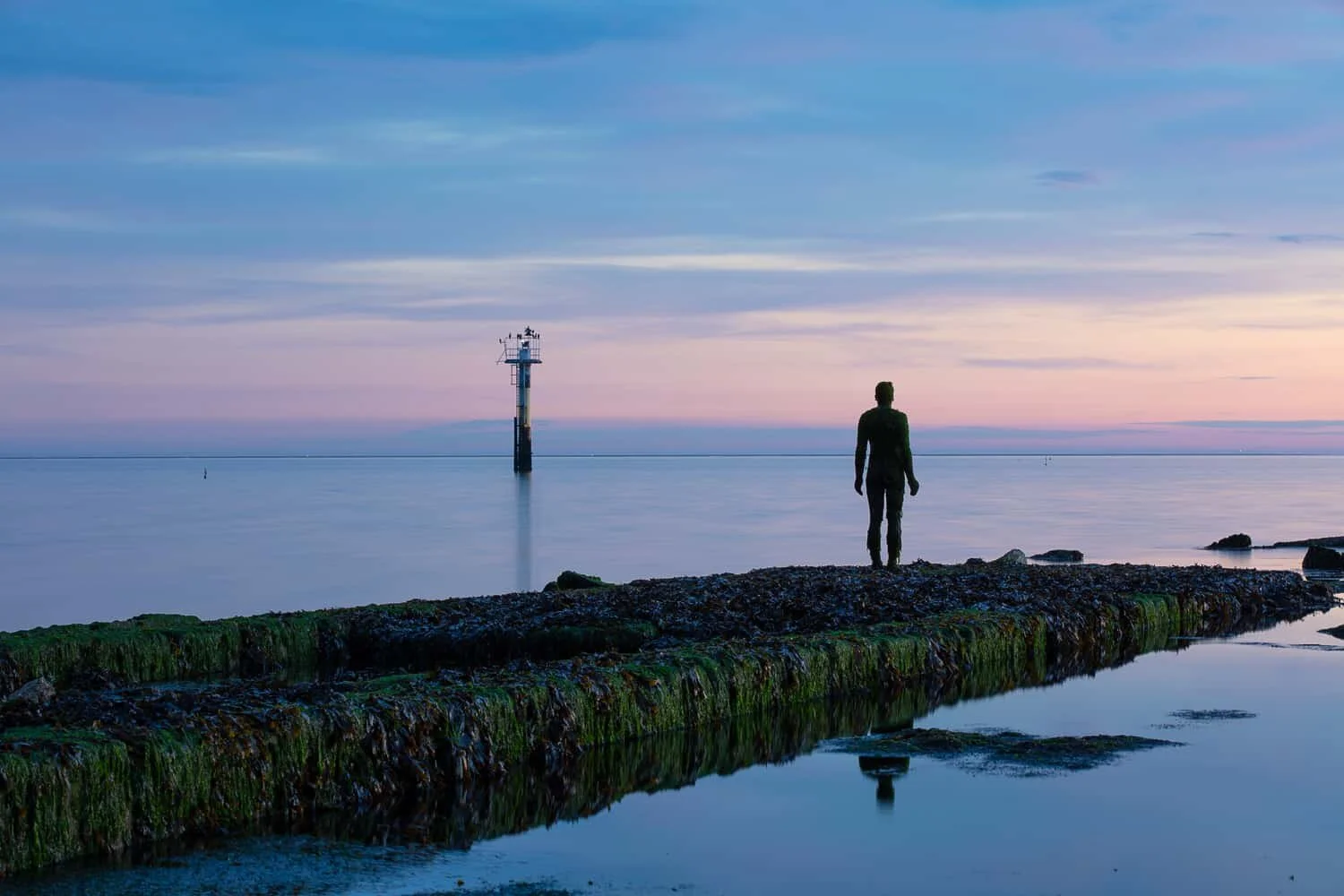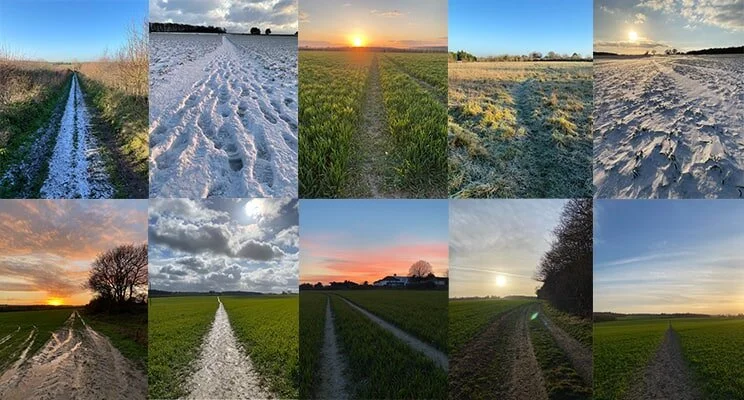Mastering curiosity during lockdown
I have always been curious and excited to discover new things and experience something different, whether that be the arts: literature, visual, graphic, architecture, or entertainment: theatre, film, music and comedy.
I have always been curious and excited to discover new things and experience something different, whether that be the arts: literature, visual, graphic, architecture, or entertainment: theatre, film, music and comedy.
“The mind that opens to a new idea never returns to its original size.”
Growing up in London was fantastic for a curious mind. As a kid, trips to exhibition road in South Kensington were magical. A day spent visiting the Natural History Museum, Science Museum, or the V&A were genuinely fantastic and created more questions than answers for a young mind. As I grew older and started working, film and music become the source of inspiration and lead to an exciting time working in the art department at Island Records in Hammersmith.
At school, I gravitated towards the arts for A-level - choosing English Literature and Art. The headmaster persuaded me to pick Economics over CDT for the third subject, which has proved beneficial in the long run. However, my learning style was not suited to quickly mastering the subject, needing the entire two years to develop a passable understanding.
After school, I continued with the arts, studying graphic design and photography at college and became absorbed with the work of artists like; Diane Arbus, Ansell Adams, Peter Saville, Neville Broady and many, many more. Many weekends would be spent searching charity shops and second-hand bookshops looking for reference books from artists of all genres as I built up a broad understanding of art history and an appreciation of differing styles of expression.
This fascination with seeing the subject matter helps with my main style of learning, which is visual. Combining visual with Kinesthetic learning has helped me develop new skills over the years, which has been hugely beneficial, especially while working at Forge as we grew into a full-service Marketing Agency.
It has been challenging to maintain my curiosity with galleries, cinemas, libraries, theatres, and bookshops being closed during the lockdown.
“I have always had a curious nature; I enjoy learning, but I dislike being taught.”
I came across Masterclass while mindlessly scrolling through Instagram while 'not watching' Netflix one evening and was intrigued. They were advertising a Masterclass from Jimmy Chin, the award-winning adventure photographer and climber. I looked at their website and saw a couple of Masterclass introductions, and I was immediately hooked. Curiosity piqued!
Netflix and Disney subscriptions cancelled, and an annual pass for Masterclass selected. As part of the annual pass, you can gift a full membership to another curios soul for free.
Each tutor has a series of video lessons lasting on average about 10 minutes each. The total length of each course is anywhere from 2 hours - 4 hours.
The great thing about Masterclass is that the tutors are experts in their field and the production values of the videos are amazing. You get the sense that it is a personal lesson. Imagine having a one to one with Martin Scorsese and listening to him explain his secrets to Mastering filmmaking.
It provides a wonderful insight into their drive and ambition and how they became writers, photographers, entrepreneurs, chefs, economists, strategists, artists, poker players, and an astronaut.
There is something in there for everyone, from learning tennis by Serena Williams to songwriting with Alicia Keys and cooking with Yotam Ottolenghi to learning conservation with Dr Jane Goodall.
So far, I've completed 29 courses containing 551 lessons. The membership cost me £170, meaning that I've spent 30p per lesson and £5.86 per course. If I were asked a year ago what I would pay for a 3 hour tutorial from Graphic Designer - David Carson, it would closer to £586 than £5.86.
In addition to the video lessons, you can download a coursebook that details all the essential exercises - a great memento of the course and further insight into the tutor.
It has been a lifeline for a curious mind and a constant source of inspiration over the last year, and I'm excited for the year to come as they add new Masterclasses.
“I think I benefited from being equal parts ambitious and curious. And of the two, curiosity has served me best.”
The list of courses completed so far are:
Ken Burns - Documentary Film Making
Chris Voss - The Art of Negotiation
Paul Krugman - Economics
Robin Roberts - Effective and Authentic Communication
Jimmy Chin - Adventure Photography
Sara Blakely - Self Made Entrepreneurship
Werner Herzog - Filmmaking
Bob Iger - Business Strategy and Leadership
Annie Leibovitz - Photography
Dan Brown - Writing Thrillers
Doris Kearns Goodwin - US Presidential History and Leadership
Jeff Goodby & Rich Silverstein - Advertising and Creativity
Neil De Grasse Tyson - Scientific Thinking and Communication
David Axelrod & Karl Rove - Campaign Strategy and Messaging
Bod Woodward - Investigative Journalism
Frank Gehry - Design and Architecture
Chris Hadfield - Space Exploration
Anna Winter - Creativity and Leadership
Daniel Pink - Sales and Persuasion
Howard Schultz - Business Leadership
Ron Finlay - Gardening
Joyce Carol Oates - The Art of the Short Story
Neil Gaiman - The Art of Storytelling
Billy Collins - Reading and Writing Poetry
Judy Blume - Writing
Walter Mosley - Fiction and Storytelling
David Carson - Graphic Design
Jeff Koons - Art and Creativity
David Lynch - Creativity and Film.
Customer service is vital for long-term client relationships. But who pays for it?
Customer service is the provision of service to customers before, during, and after a purchase. The perception of such interactions' success depends on the quality of the employees involved in the exchange.
Customer service is the provision of service to customers before, during, and after a purchase. The perception of such interactions' success depends on the quality of the employees involved in the exchange.
Customer service is primarily thought of in relation to consumer brands. With consumer brands, the duration of the sales process is relatively short. There's an element of research from the customer and a brief interaction with a salesperson (or, more increasingly, an online shopping cart). As long as the product delivers on its promise, then that is the end of the process. When products or services fail, after-sales care is required. This is often where the biggest frustration lies and where consumer brands can make or break their reputation. With the power of social media, brands are clearly keen to avoid negative feedback affecting future sales.
I'm not alone in being seduced by a brand's marketing into wanting to make a purchase, only to be put off completing the sale after reading negative reviews.
In the service sector, the duration of the sales process can last many years, with the entire duration of the contract length being the after sales stage.
Having been involved in the bidding process for many years, I've noticed a gradual change in the tender requirements from prospective clients. In the past, a potential service provider was mainly judged on their operational capabilities and health & safety record. Now, service providers are asked to provide detailed responses on how they will benefit the clients' sustainability and environmental objectives and what contributions the service provider will make towards the clients' corporate social responsibility. The service provider must also detail their strategy for providing social value to the local community and the employee reward and recognition schemes that will increase staff motivation and well-being.
However, these worthy altruistic aims aren't always in line with the commercial constraints of the tender process. With many tenders being awarded to the most economical bidder (AKA, the cheapest), it's hard to see how these benefits and added value can be provided. With little financial benefit in the contract, the service providers' focus will naturally be drawn towards cost-saving and upselling to drive returns for business owners and shareholders. The inevitable loser is the customer or, worse still, the low paid team who are delivering the service.
The key then is clearly to strike a balance between providing a commercial benefit to the client and delivering on both organisations' social and environmental targets. To use an American term, both parties need to have skin in the game.
During the pandemic, cleaning and security personnel's perceived value has risen, with many businesses relying entirely on their services to remain both open and safe for the public. I hope that as we transition out of lockdown fully during the next two months and return to business as usual, we reflect on the human values that have been evident over the last year and strive to create mutually beneficial relationships between supplier and client. Partnerships that allow our frontline teams to deliver excellent customer service.
During my first week as Head of Marketing at Carlisle, I attended a half-yearly conference where Paul Wearmouth was the guest speaker. His session was very insightful and promoted creating WOW Customer Service, which helps companies stand out from the competition by integrating key WOW moments within the sales cycle to increase customer loyalty and generate greater buy-in.
Companies that can develop induction and training programmes that focus on putting customers first and back that up with comprehensive reward and recognition schemes will undoubtedly have the edge. The key element of the reward package should be a wage rate in line with the Living Wage Foundations' recommended pay rate.
Organisations that promote being sustainable and ethical while limiting the ability of their service providers to pay a morally and economically correct pay rate clearly have some soul searching to do and need to correct the imbalance.
“The most important human endeavour is the striving for morality in our actions. Our inner balance and even our very existence depend on it. Only morality in our actions can give beauty and dignity to life.”
One million steps lead to a healthy mind
This week marks walking my one-millionth step in 2021. So far, I've walked over 600 miles (1,000 km), which is equivalent to walking from my home on the South East Coast to the top of Ben Nevis in Scotland.
This week marks walking my one-millionth step in 2021. So far, I've walked over 600 miles (1,000 km), which is equivalent to walking from my home on the South East Coast to the top of Ben Nevis in Scotland.
Like many people, I've found it challenging to keep motivated over the last year of lockdowns and restrictions caused by the covid pandemic. Walking 10,000 steps a day and indoor cycling has helped keep on top of fitness as well as having many other positive benefits. Some of which are outlined within this article: 15 health benefits to walking 10,000 steps a day.
What things have you done to help your physical and mental wellbeing?
During the previous lockdowns, I would walk earlier in the day and either conduct calls with prospects and clients or listen to audiobooks and podcasts, assuring myself that it formed part of personal development or training.
This lockdown I've approached it differently – viewing the daily walk as a clean break between the working day and personal time. The act of leaving the house at the end of the day for 1-2 hours creates a sense of distance from work, and on returning home, after a commute of sorts, I'm ready to transition into home life. I've found that it has helped improve my sense of wellbeing and provide a clear distinction between time spent on work and time spent on myself.
I've discovered another benefit to separating work/life whilst remote working is that I focus more during work-time, knowing there is a clear end to the day. Previously, my laptop would be on continually throughout the day and evening, and I would constantly be checking emails and updating Hubspot. I certainly feel far more productive, and my task management has improved.
Once I've completed my daily tasks, and I'm free of zoom calls, emails, tender writing and to-do lists, I'm able to focus on enjoying a good yomp.
To keep my interest up and to avoid the risk of the walk becoming monotonous, I make sure to try a different route each day. There is a network of footpaths and bridle paths that criss-cross the local farms, so with a bit of planning, it's possible to stay off the roads and enjoy a wide variety of exciting routes. I've forgone listening to audio programmes or making calls. Preferring instead to leave the phone in my pocket on silent – its only task is to count steps.
Instead, I try and focus solely on the walk. The rhythmic act of putting one foot in front of the other helps clear any noise inside my head, leaving me free to observe nature in the fields I cross, and within the woods, I pass through. There is a calming side to nature as the day draws to a close – birds are flying to their roosting locations, and there is plenty of chatter. Whilst it doesn't have the same vibrancy of a dawn chorus, it is still wonderful to hear.
The best part of the walk, and the most rewarding, generally comes after about 20 to 30 minutes of effort. That is when my thoughts turn creative, and plenty of ideas come to mind. It can be a solution to a challenge at work that has remained unresolved for a few days. Or it could be a marketing idea for a new service or product for a client. Recently I've been thinking about who 'H' is in Line of Duty and how this season will end.
I'm sure that many of us are delighted that there is soon to be a more significant easing of restrictions with the possibility of travelling around the UK from May 17th. I'm already planning several staycations in picturesque locations as I keep on track to reach 3.65 million steps before the year ends.
The one thing that the last 12 months have shown us is that armed with a laptop and a phone, we can work from anywhere and be as productive, if not more, than being office-based. That said, I am looking forward to meeting up with people again both for work and socially.
















